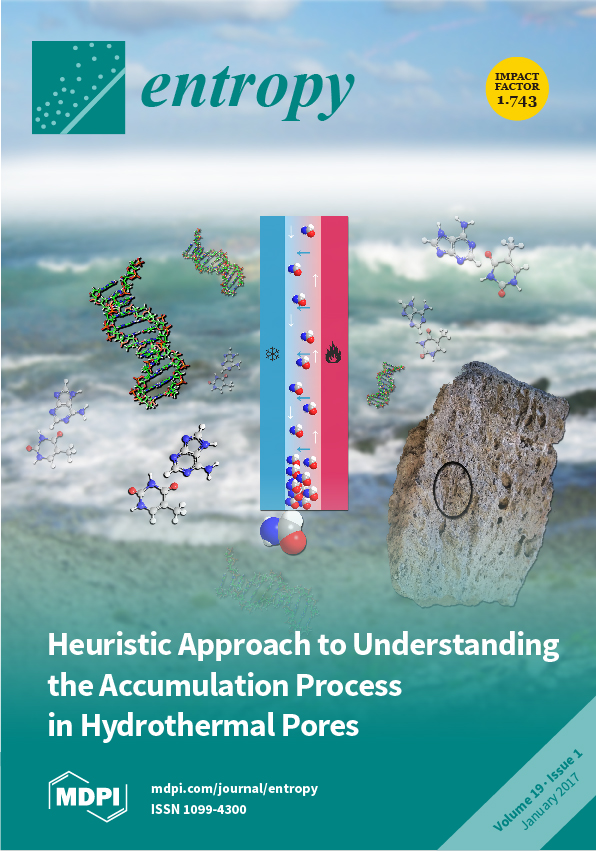Recent developments on the generalizations of two important equations of quantum physics, namely the Schroedinger and Klein–Gordon equations, are reviewed. These generalizations present nonlinear terms, characterized by exponents depending on an index
q, in such a way that the standard linear equations
[...] Read more.
Recent developments on the generalizations of two important equations of quantum physics, namely the Schroedinger and Klein–Gordon equations, are reviewed. These generalizations present nonlinear terms, characterized by exponents depending on an index
q, in such a way that the standard linear equations are recovered in the limit
. Interestingly, these equations present a common, soliton-like, traveling solution, which is written in terms of the
q-exponential function that naturally emerges within nonextensive statistical mechanics. In both cases, the corresponding well-known Einstein energy-momentum relations, as well as the Planck and the de Broglie ones, are preserved for arbitrary values of
q. In order to deal appropriately with the continuity equation, a classical field theory has been developed, where besides the usual
, a new field
must be introduced; this latter field becomes
only when
. A class of linear nonhomogeneous Schroedinger equations, characterized by position-dependent masses, for which the extra field
becomes necessary, is also investigated. In this case, an appropriate transformation connecting
and
is proposed, opening the possibility for finding a connection between these fields in the nonlinear cases. The solutions presented herein are potential candidates for applications to nonlinear excitations in plasma physics, nonlinear optics, in structures, such as those of graphene, as well as in shallow and deep water waves.
Full article






